More than 50,000 people were killed and millions more displaced after two earthquakes measuring 7.8 and 7.5 on the Richter scale struck southern Türkiye and northwestern Syria on February 6 last year. The United Nations estimates the cost of rebuilding the region at more than $100 billion.
The city of Antakya (formerly known as Antioch), the capital of Hatay province, was one of the worst hit in Türkiye, with nearly 80% of buildings reported to be damaged beyond repair.
Nicola Scaranaro of architecture firm Foster + Partners described the devastation as “beyond imagination”. The firm has just released a masterplan for Antakya, which aims not only to rebuild and restore the city but also to “protect the city from earthquakes, floods and other natural disasters in the future”.
Last year's earthquake was the seventh to destroy Antakya since the city was founded in the 4th century BC.

Image depicting a resurgent Antakya, with the river at its centre. Photo: Design Council of Türkiye
The city lies at the foot of the Habib Neccar mountain in the Asi River valley. Its proximity to the river makes the effects of earthquakes worse due to the phenomenon of liquefaction - the soil loses its stiffness and acts more like a liquid.
With homes lining the banks of the Asi River, flooding has long been a danger to Antakya’s residents. Even before last year’s earthquake, more than 45,000 residents across 2.5 million square metres were at risk of flooding, according to Foster + Partners. The current climate crisis has increased the likelihood of such incidents.
Architecture and street design will act as the first line of defense against earthquake impacts, featuring compact buildings that are more earthquake-resistant than the large, long L-shaped structures that have dominated Antakya in the past.
The neighbourhood “superblocks”, inspired by those in Barcelona, would promote car-free zones, ensuring multiple routes for both emergency services and residents to escape in the event of a disaster.
The design also benefits quality of life, Mr. Scaranaro explained, with reduced traffic — a big change for a city that was previously dominated by cars — and more green urban space.
The city will have more green space, which plays a key role in flood protection. Rivers and parks will fill in high-risk areas, acting as a natural “buffer” when banks break, becoming a place to absorb floodwaters.
Planted with native species, the network of green spaces and local community parks will provide vital habitat for flora and fauna and act as “green corridors”, allowing wildlife to move freely. This approach will also help the master plan achieve its target of doubling the amount of dedicated green space per capita.
The master plan's authors hope to establish a "new collaborative blueprint for disaster-hit cities' resilience" globally.
Ngoc Anh (according to CNN)
Source: https://www.congluan.vn/thanh-pho-tai-tho-nhi-ky-duoc-xay-dung-lai-de-chong-moi-tham-hoa-thien-nhien-post308116.html










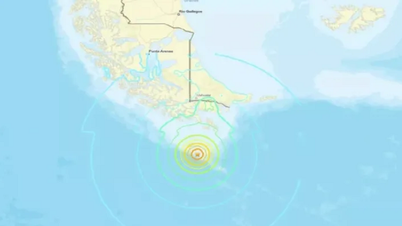

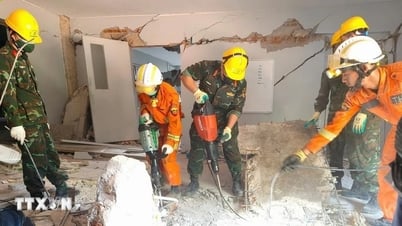
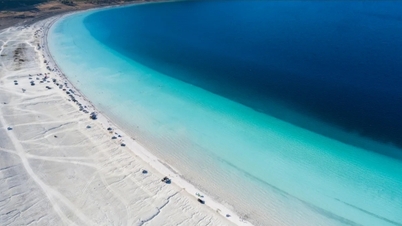
















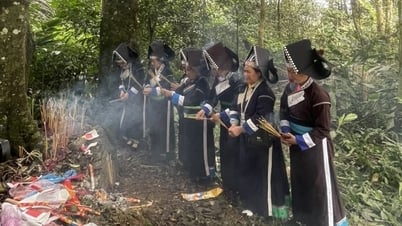
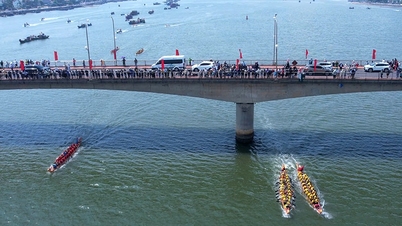
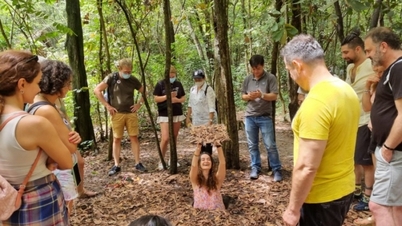


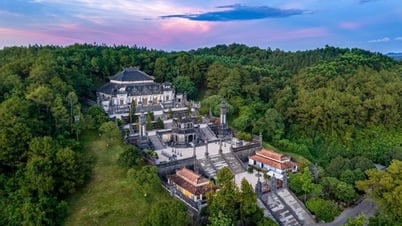

![[Photo] Overcoming the heat, practicing to prepare for the parade](https://vphoto.vietnam.vn/thumb/1200x675/vietnam/resource/IMAGE/2025/6/21/b93392e8da8243b8a32040d19590e048)


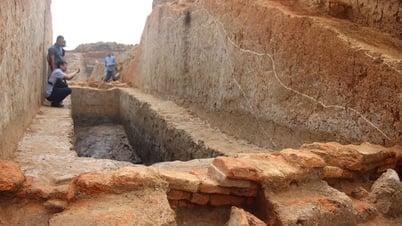




















![[Maritime News] Wan Hai Lines invests $150 million to buy 48,000 containers](https://vphoto.vietnam.vn/thumb/402x226/vietnam/resource/IMAGE/2025/6/20/c945a62aff624b4bb5c25e67e9bcc1cb)










































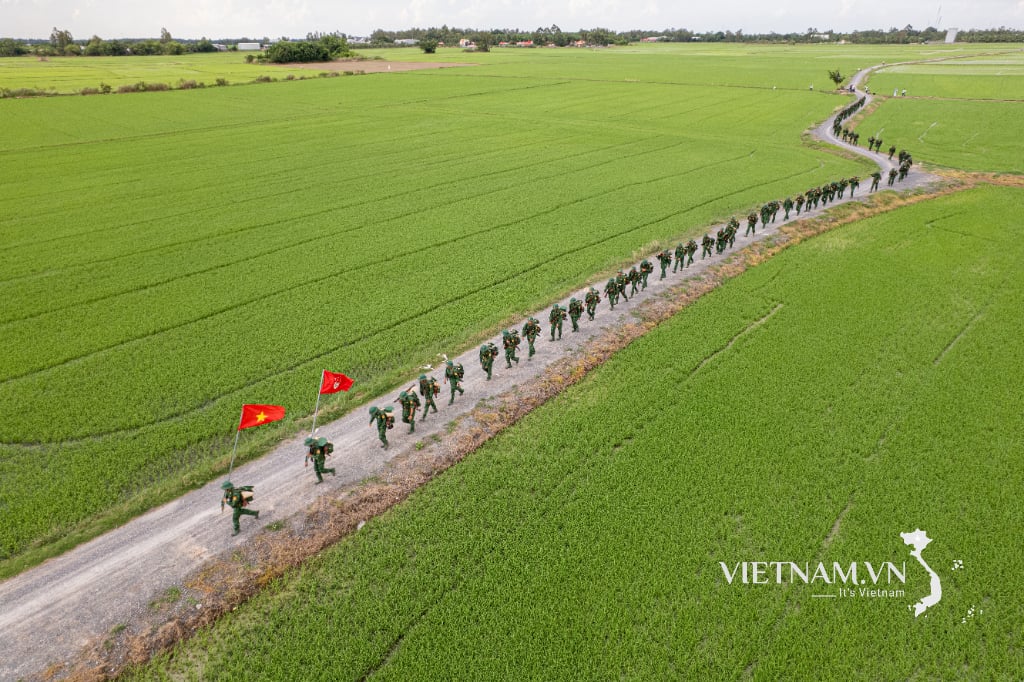

Comment (0)